Home>Furniture & Design>Interior Design Trends>Why Do Some People Love Color In Home Decor And Others Only Like Neutrals
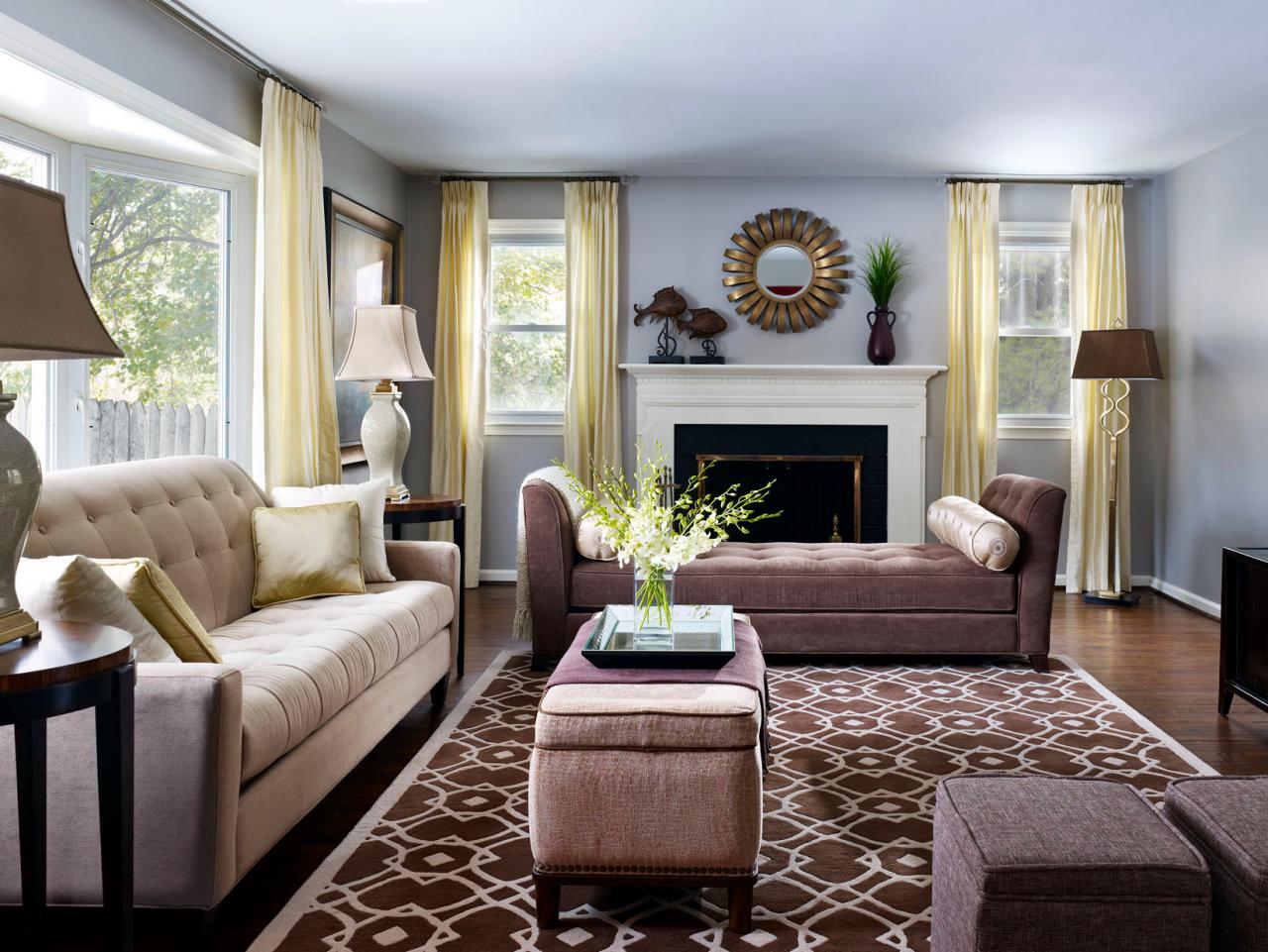

Interior Design Trends
Why Do Some People Love Color In Home Decor And Others Only Like Neutrals
Published: December 22, 2023
Discover the latest interior design trends and understand why some individuals prefer colorful home decor while others opt for neutrals. Explore the psychology behind color preferences.
(Many of the links in this article redirect to a specific reviewed product. Your purchase of these products through affiliate links helps to generate commission for Storables.com, at no extra cost. Learn more)
The Psychology of Color in Home Decor: Why Do Some People Love Color While Others Prefer Neutrals?
Introduction
When it comes to home decor, the use of color can evoke a wide range of emotions and preferences. Some individuals are drawn to vibrant, bold hues that infuse energy and personality into their living spaces, while others find solace in the calming and timeless appeal of neutral tones. The dichotomy of these preferences raises an intriguing question: Why do some people love color in home decor, while others only like neutrals?
To unravel this enigma, it's essential to delve into the psychology of color and its profound impact on human emotions and behavior. Understanding individual preferences, cultural influences, personal experiences, and the practical considerations of incorporating color into home decor will shed light on the diverse reasons behind these contrasting inclinations.
Join us on a captivating journey as we explore the intricate interplay between color and personal taste, unveiling the fascinating reasons behind the diverse approaches to home decor. Whether you are an avid enthusiast of vibrant color palettes or a connoisseur of understated neutrals, this exploration promises to provide valuable insights that will deepen your appreciation for the art of interior design.
Key Takeaways:
- Embracing color in home decor is a deeply personal choice influenced by emotions, experiences, and cultural meanings, allowing individuals to create living spaces that authentically reflect their unique personalities and aspirations.
- The interplay of warm and cool colors, personal experiences, and practical considerations shapes the emotional ambiance and visual dynamics of home decor, offering a canvas for self-expression and creativity.
The Psychology of Color
Color is far more than a visual phenomenon; it has the remarkable ability to elicit profound emotional responses and influence human behavior. The field of color psychology delves into the intricate ways in which different hues can impact our moods, perceptions, and even physiological reactions. Understanding the psychological underpinnings of color is crucial in comprehending why individuals gravitate toward specific color palettes in their home decor.
Warm colors, such as reds, oranges, and yellows, are known for their stimulating and energizing effects. These hues can evoke feelings of vitality, warmth, and even appetite, making them popular choices for dining areas and social spaces. In contrast, cool colors like blues, greens, and purples are renowned for their calming and soothing qualities. These tones often create a sense of tranquility, making them ideal for bedrooms and relaxation areas.
Furthermore, individual colors carry their own unique symbolism and associations. For instance, red is often associated with passion, energy, and excitement, while blue is linked to serenity, trust, and stability. These symbolic meanings can significantly influence an individual’s preference for specific colors in their home decor, as they seek to create environments that resonate with their desired emotions and ambiance.
Moreover, the cultural and societal connotations of color play a pivotal role in shaping our perceptions and preferences. For example, in some cultures, white symbolizes purity and cleanliness, while in others, it may be associated with mourning and loss. These cultural nuances contribute to the diverse ways in which individuals perceive and embrace color in their living spaces.
As we unravel the psychology of color, it becomes evident that our innate responses to different hues are deeply rooted in our subconscious and can profoundly influence our choices in home decor. By recognizing the psychological impact of color, we gain a deeper appreciation for the intricate interplay between hues and human emotions, offering valuable insights into the diverse preferences for color in interior design.
Individual Preferences
Individual preferences for color in home decor are as diverse as the spectrum of hues itself. These inclinations are often deeply intertwined with personal experiences, temperament, and innate inclinations towards specific colors. Some individuals are naturally drawn to vibrant and dynamic color schemes, finding joy and inspiration in the lively energy that bold hues bring to their living spaces. On the other hand, some individuals gravitate towards neutrals, finding comfort and tranquility in the understated elegance of muted tones.
One’s personality and temperament can significantly influence their color preferences. For instance, individuals with extroverted and adventurous dispositions may be more inclined to embrace bold and vivid colors, reflecting their outgoing nature and zest for life. Conversely, those with introverted and introspective traits may find solace in the soothing and harmonious nature of neutral color palettes, which align with their preference for serenity and contemplation.
Personal experiences also play a pivotal role in shaping individual color preferences. Positive associations with specific colors, such as fond memories or cultural influences, can lead individuals to incorporate these hues into their home decor as a way of expressing their identity and evoking positive emotions. Conversely, negative associations with certain colors may steer individuals away from incorporating them into their living spaces, highlighting the deeply personal and subjective nature of color preferences.
Furthermore, the concept of color harmony and balance resonates differently with each individual. Some may find joy in the eclectic fusion of diverse colors, embracing the vibrancy and visual interest it brings to their home decor. Others may seek harmony in the subtle interplay of neutral tones, finding beauty in the understated elegance and timeless appeal of a more restrained color palette.
Ultimately, individual preferences for color in home decor are a reflection of one’s unique personality, experiences, and innate inclinations. By honoring and embracing these diverse preferences, individuals have the opportunity to create living spaces that authentically resonate with their emotions, aspirations, and sense of aesthetic harmony.
Cultural Influences
Cultural influences wield a profound impact on the perception and utilization of color in home decor. Across different societies and regions, colors carry diverse symbolic meanings and cultural connotations, shaping the way individuals incorporate them into their living spaces. The rich tapestry of cultural influences offers a captivating lens through which to understand the varied preferences for color in interior design.
In many cultures, specific colors hold deeply ingrained symbolic significance. For example, in Eastern cultures, red symbolizes luck, prosperity, and joy, making it a prevalent choice for auspicious occasions and festive celebrations. In contrast, white is often associated with purity and reverence in some cultures, while in others, it may evoke mourning and funerary rituals. These cultural associations infuse colors with layers of meaning, influencing the choices individuals make when adorning their homes.
Moreover, the historical and artistic traditions of a culture can significantly impact its relationship with color. For instance, the vibrant and intricate color palettes found in traditional Indian textiles and artwork reflect the country’s rich heritage and artistic expressions. Similarly, the serene and harmonious color schemes prevalent in Japanese interior design resonate with the nation’s Zen philosophy and reverence for simplicity.
Furthermore, the geographical and environmental factors of a region can influence color preferences in home decor. Coastal regions may inspire a predilection for soothing blues and greens, reminiscent of the sea and lush landscapes. In contrast, arid or desert landscapes may evoke a preference for warm and earthy tones, mirroring the hues of the natural surroundings.
As individuals navigate the tapestry of cultural influences, they have the opportunity to embrace and celebrate the diverse meanings and associations attached to color. By incorporating elements of their cultural heritage into their home decor, individuals can create spaces that not only reflect their personal tastes but also pay homage to the rich traditions and symbolism embedded within their cultural identity.
Tip: People’s preference for color in home decor can be influenced by personal experiences, cultural background, and psychological factors. Understanding the reasons behind your own preferences can help you create a space that truly reflects your personality and brings you joy.
Personal Experiences
Personal experiences serve as a profound catalyst in shaping an individual’s relationship with color in home decor. Our unique life experiences, memories, and emotional connections with specific hues play a pivotal role in influencing the color palettes we are drawn to when designing our living spaces. These personal narratives infuse depth and meaning into the selection of colors, transforming them from mere pigments to evocative expressions of our individual journeys.
Memories of significant places, such as childhood homes or cherished travel destinations, often inspire individuals to incorporate specific colors into their living spaces. The azure blue of a tranquil seaside retreat, the verdant hues of a beloved countryside, or the vibrant tones of a bustling market square can evoke a sense of nostalgia and wanderlust, prompting individuals to weave these colors into their home decor as a tangible homage to cherished experiences.
Moreover, personal milestones and achievements can imbue certain colors with profound emotional resonance. For instance, the serene blue of a calm lake may evoke memories of a transformative solo adventure, while the passionate red of a sunset might symbolize a momentous romantic encounter. These emotionally charged associations infuse color choices with layers of personal significance, allowing individuals to craft living spaces that serve as visual narratives of their life’s most poignant moments.
Familial and cultural traditions also play a pivotal role in shaping an individual’s color preferences. The vibrant hues of traditional textiles, the festive colors of celebratory rituals, and the understated elegance of inherited heirlooms all contribute to an individual’s color sensibilities. These familial and cultural imprints infuse color choices with a sense of continuity and heritage, creating a tapestry of interconnected experiences woven into the fabric of home decor.
By acknowledging the profound impact of personal experiences on color preferences, individuals can infuse their living spaces with a deeply personal and emotive essence. Each color becomes a brushstroke in the canvas of their memories, allowing them to create homes that resonate with the echoes of their past and the aspirations of their future.
Read more: Why Do Some People Karate Chop Pillows
The Impact of Color on Mood
The profound influence of color on human emotions and mood is a captivating phenomenon that permeates every aspect of our lives, including the ambiance of our living spaces. The selection of colors in home decor can wield a transformative effect on our psychological well-being, shaping our moods, perceptions, and overall sense of comfort within our homes.
Warm colors, such as rich reds, vibrant oranges, and sunny yellows, are renowned for their ability to infuse spaces with energy and vitality. These hues can evoke feelings of warmth, enthusiasm, and conviviality, making them ideal choices for social areas where individuals gather and engage in lively conversations. The dynamic nature of warm colors can create an inviting and stimulating atmosphere, fostering a sense of vibrancy and sociability within the home.
In contrast, cool colors, including tranquil blues, soothing greens, and serene purples, possess a calming and relaxing influence. These hues have the remarkable capacity to instill a sense of tranquility, harmony, and contemplation within living spaces. Cool colors are often favored in areas dedicated to rest and relaxation, such as bedrooms and reading nooks, where their soothing presence can promote a serene and restful ambiance.
Furthermore, the psychological impact of color extends beyond individual hues to encompass the interplay of color palettes. Harmonious color combinations can evoke a sense of balance, elegance, and visual coherence, contributing to an overall feeling of comfort and aesthetic appeal within the home. Conversely, contrasting color schemes can infuse spaces with drama, vibrancy, and a dynamic visual interest, eliciting a range of emotional responses from excitement to intrigue.
It is essential to recognize that individual responses to color are deeply nuanced and can be influenced by personal experiences and cultural backgrounds. While certain colors may generally evoke specific emotional responses, individual interpretations and associations with these hues can vary widely, highlighting the deeply personal nature of color perception.
By understanding the profound impact of color on mood, individuals have the opportunity to curate living spaces that resonate with their desired emotional ambiance. Whether seeking to infuse spaces with vitality and warmth or cultivate a serene and tranquil retreat, the strategic use of color in home decor can serve as a powerful tool for shaping the emotional tenor of our domestic sanctuaries.
Practical Considerations
While the emotional and psychological aspects of color play a significant role in home decor, practical considerations also exert a substantial influence on the selection and application of color in living spaces. From the spatial dimensions of a room to the functional requirements of different areas, several pragmatic factors warrant careful consideration when incorporating color into home design.
One of the fundamental practical considerations in home decor is the size and layout of a room. Lighter colors, such as soft neutrals and pale pastels, have the remarkable ability to visually expand smaller spaces, creating an illusion of airiness and openness. Conversely, darker hues can lend a sense of intimacy and coziness to larger rooms, making them feel more inviting and snug. Understanding the impact of color on spatial perception allows individuals to optimize the visual dynamics of their living spaces.
Moreover, the functional purpose of each room influences the choice of color palettes. For instance, high-traffic areas, such as entryways and hallways, benefit from colors that are resilient to wear and tear, such as earthy tones and mid-range neutrals. In contrast, areas dedicated to relaxation and leisure, such as bedrooms and reading corners, can be adorned with soothing and serene hues that promote a tranquil ambiance.
Another practical consideration is the interplay of natural and artificial lighting within a space. Natural light can profoundly influence the appearance of colors, casting different tones and intensities throughout the day. Understanding how natural light interacts with specific hues enables individuals to make informed decisions about the most flattering and appealing color choices for their living spaces. Similarly, the type and intensity of artificial lighting, such as warm incandescent or cool LED bulbs, can impact the perceived vibrancy and warmth of colors, necessitating thoughtful selection and placement.
Furthermore, the existing architectural elements and furnishings within a space should be taken into account when choosing color palettes. Harmonizing colors with the flooring, furniture, and fixtures ensures a cohesive and visually pleasing aesthetic. Additionally, the long-term versatility of color choices should be considered, allowing for adaptability to evolving design trends and personal preferences.
By integrating practical considerations with aesthetic and emotional aspirations, individuals can create harmonious and functional living spaces that authentically reflect their lifestyle and sensibilities. The artful balance of pragmatic foresight and creative expression ensures that color becomes a seamless and dynamic element in the tapestry of home decor.
Conclusion
The captivating world of color in home decor is a tapestry woven with emotional, psychological, cultural, and practical threads, each contributing to the rich and diverse landscape of individual preferences and design choices. The exploration of why some people love color in home decor while others prefer neutrals has unveiled a kaleidoscope of insights, illuminating the multifaceted nature of color’s impact on our living spaces.
From the psychological nuances of warm and cool hues to the profound influence of personal experiences and cultural influences, the reasons behind individual color preferences are as varied and intricate as the colors themselves. The interplay of color and mood has emerged as a compelling force, shaping the emotional ambiance and visual dynamics of our homes, while practical considerations have underscored the importance of balancing aesthetic aspirations with functional needs.
Ultimately, the allure of color in home decor lies in its ability to serve as a powerful means of self-expression, evoking emotions, memories, and aspirations within the very walls of our homes. Whether embracing the vivacious vitality of bold hues or finding solace in the understated elegance of neutrals, individuals have the opportunity to curate living spaces that authentically resonate with their unique personalities and experiences.
As we navigate the enigmatic realm of color in home decor, we are reminded of its transformative potential, transcending mere pigments to become conduits of emotion, culture, and personal narratives. By honoring the diverse and deeply personal preferences for color, we celebrate the kaleidoscopic beauty of individuality, infusing our homes with the vibrant hues of our collective human experiences.
With each brushstroke of color, our living spaces become canvases that reflect the symphony of our emotions, the echoes of our memories, and the aspirations of our hearts. In this colorful journey of self-expression and creativity, the art of interior design becomes a testament to the kaleidoscopic richness of the human spirit.
Frequently Asked Questions about Why Do Some People Love Color In Home Decor And Others Only Like Neutrals
Was this page helpful?
At Storables.com, we guarantee accurate and reliable information. Our content, validated by Expert Board Contributors, is crafted following stringent Editorial Policies. We're committed to providing you with well-researched, expert-backed insights for all your informational needs.
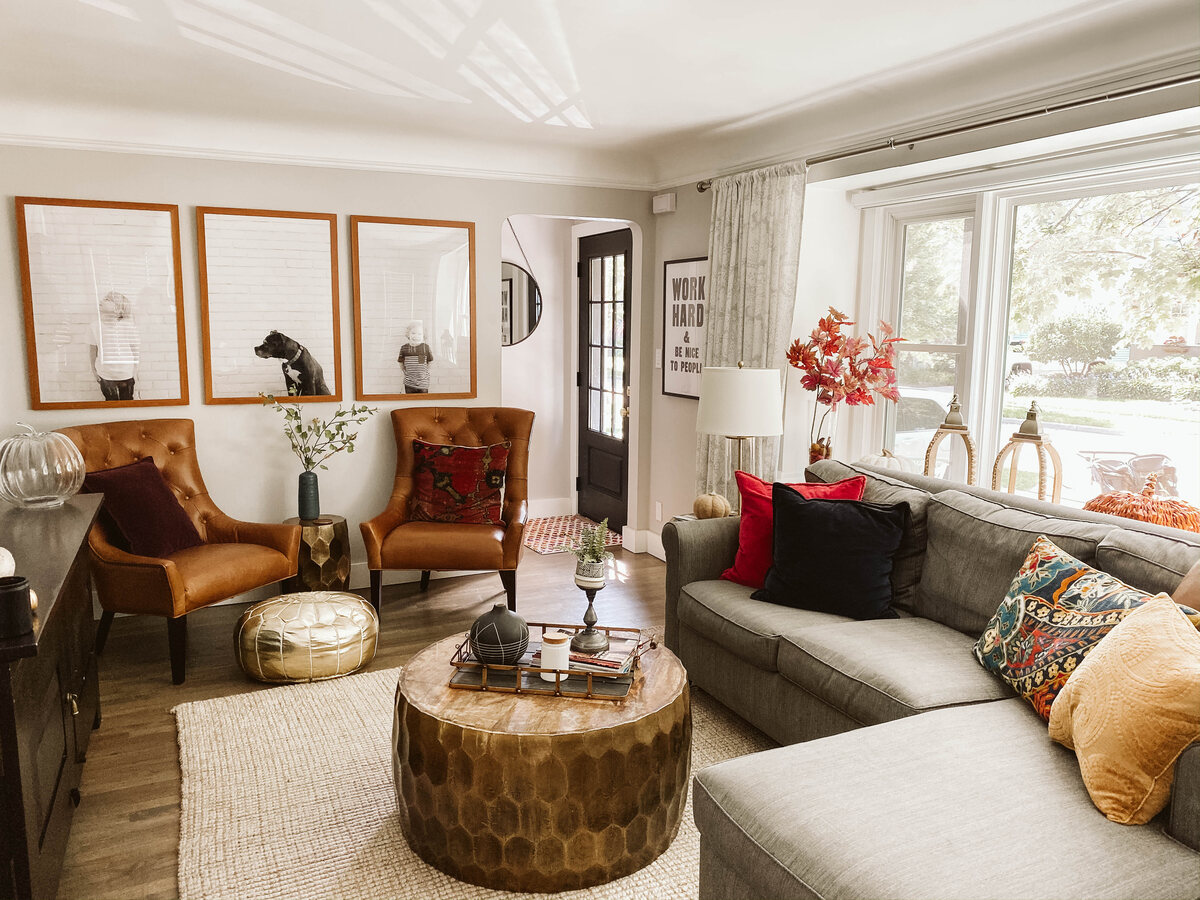


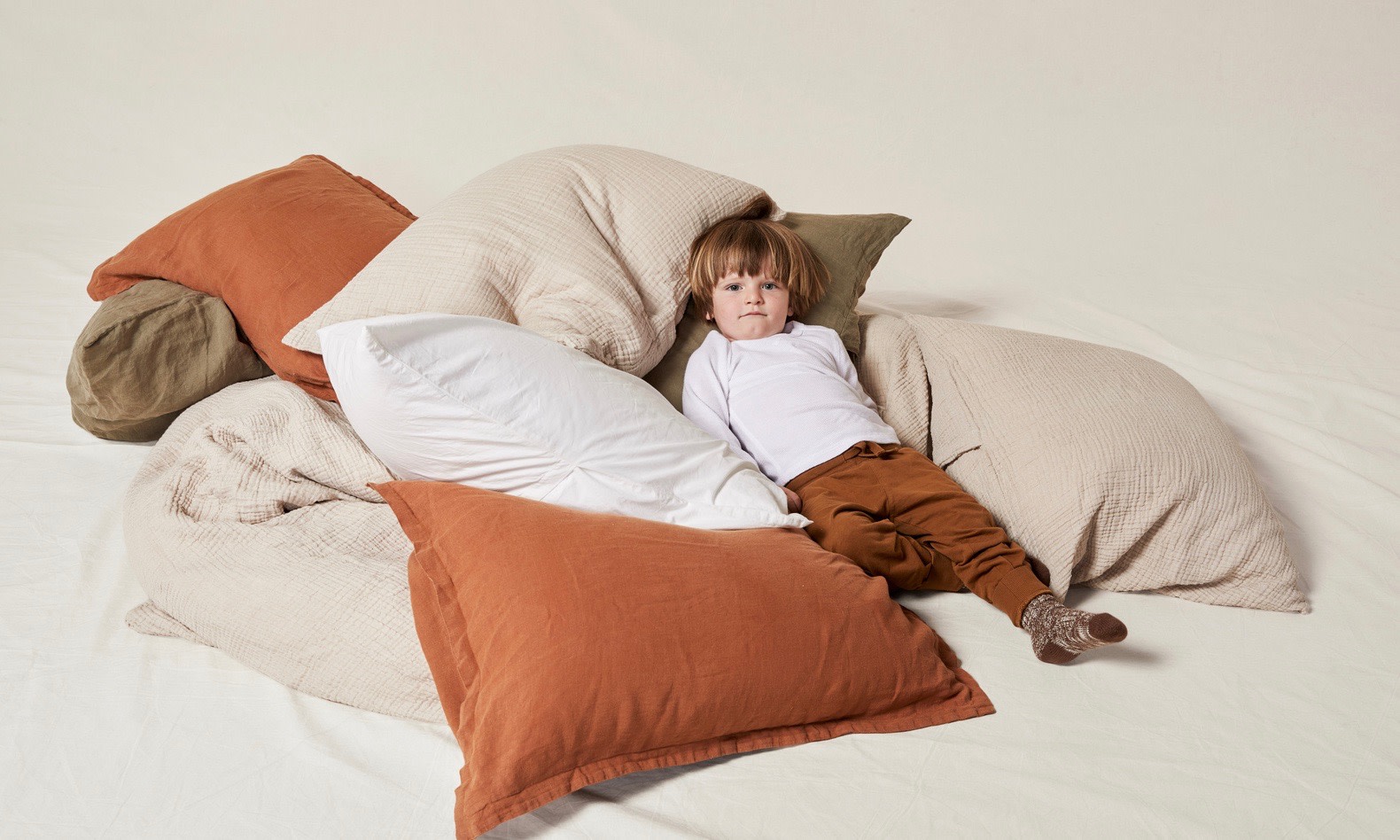

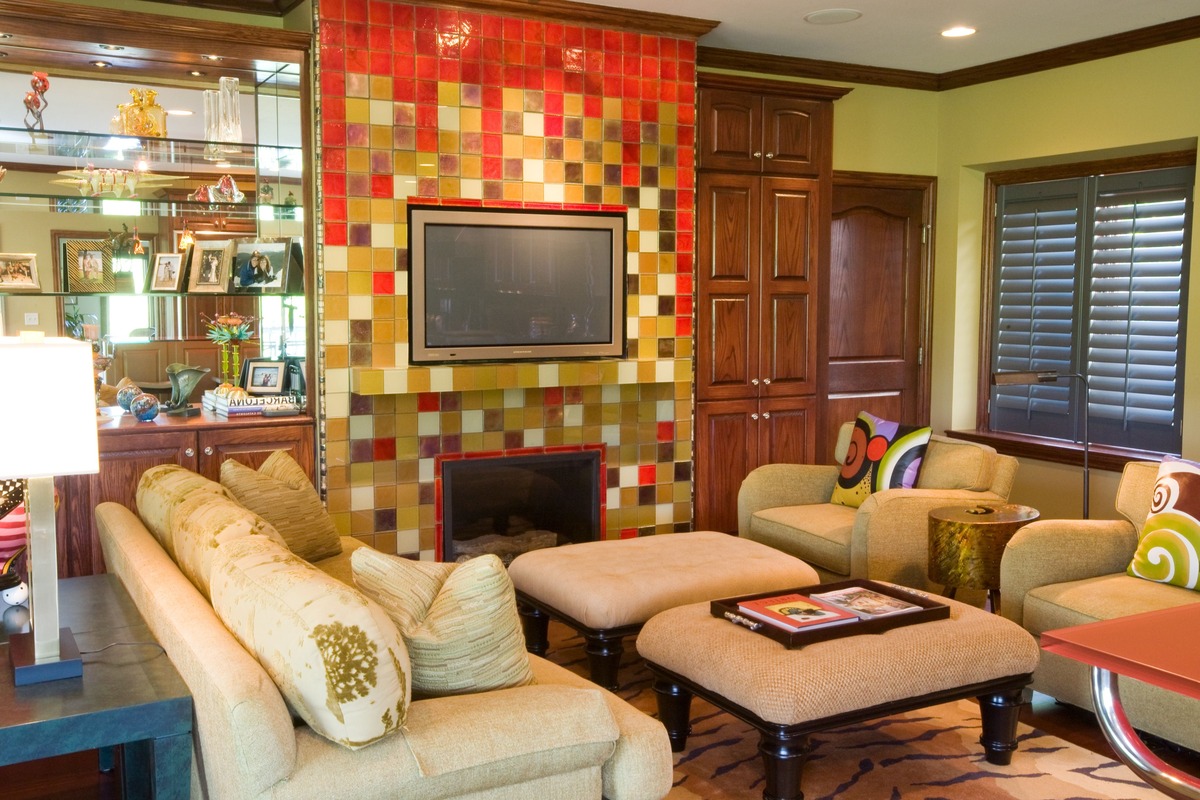
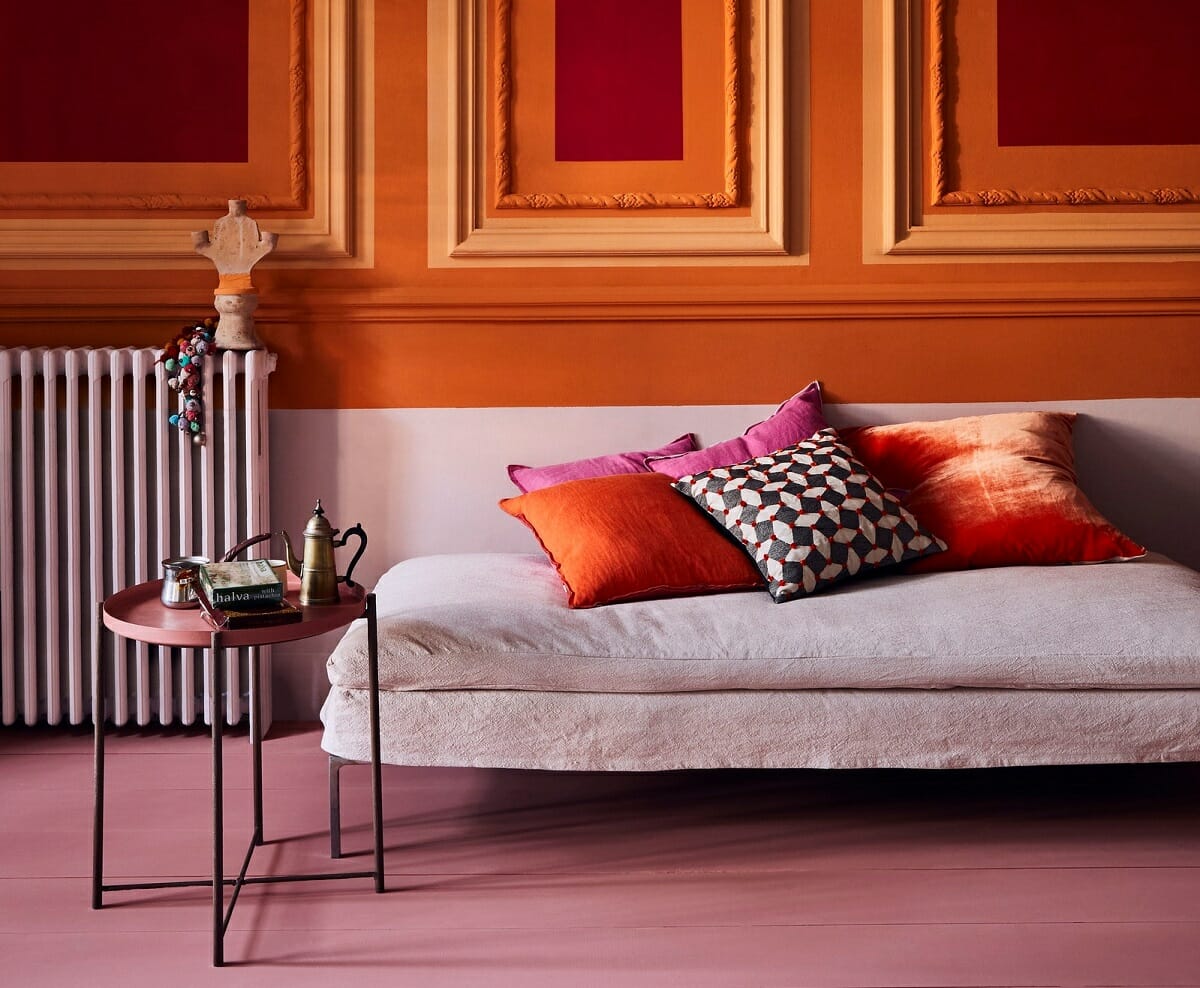
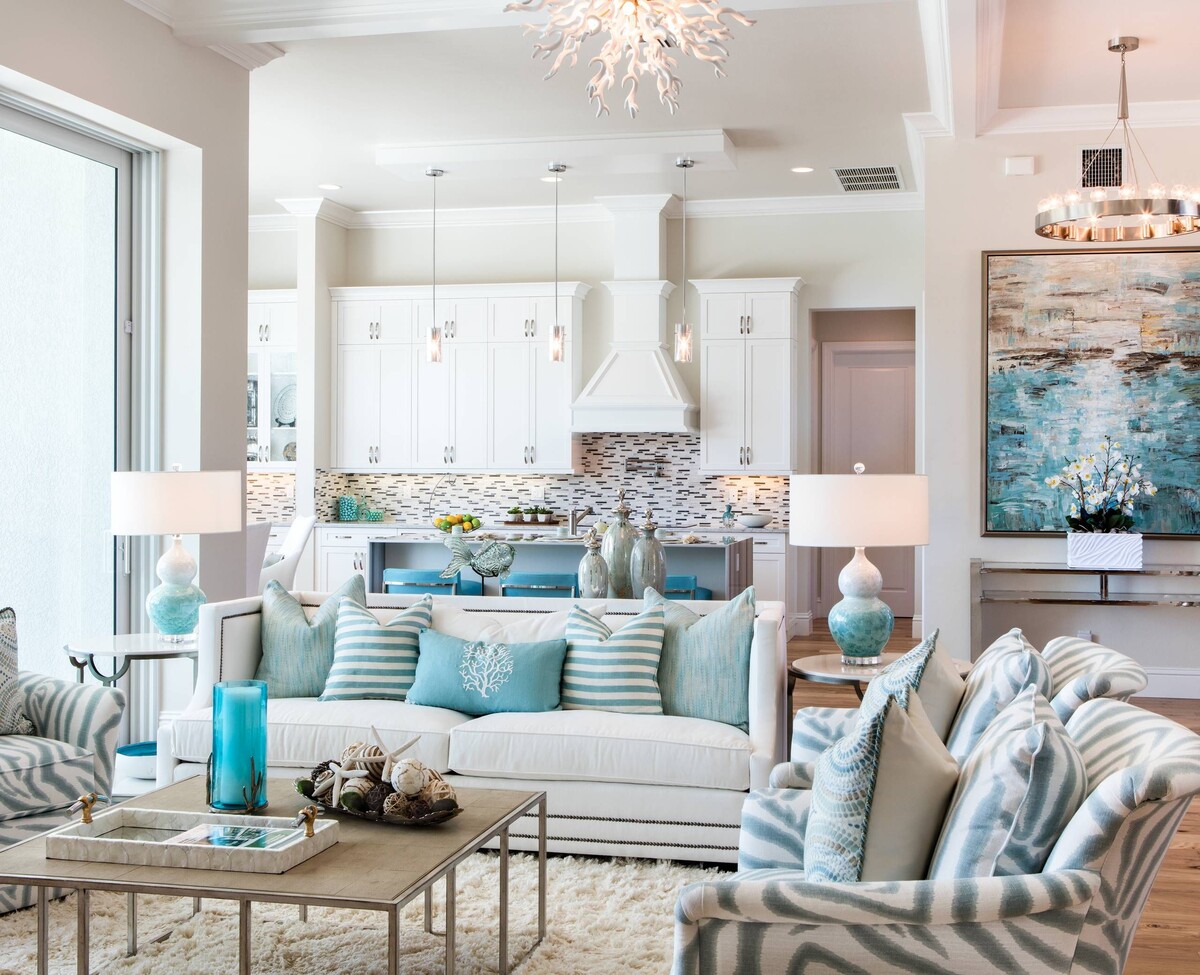
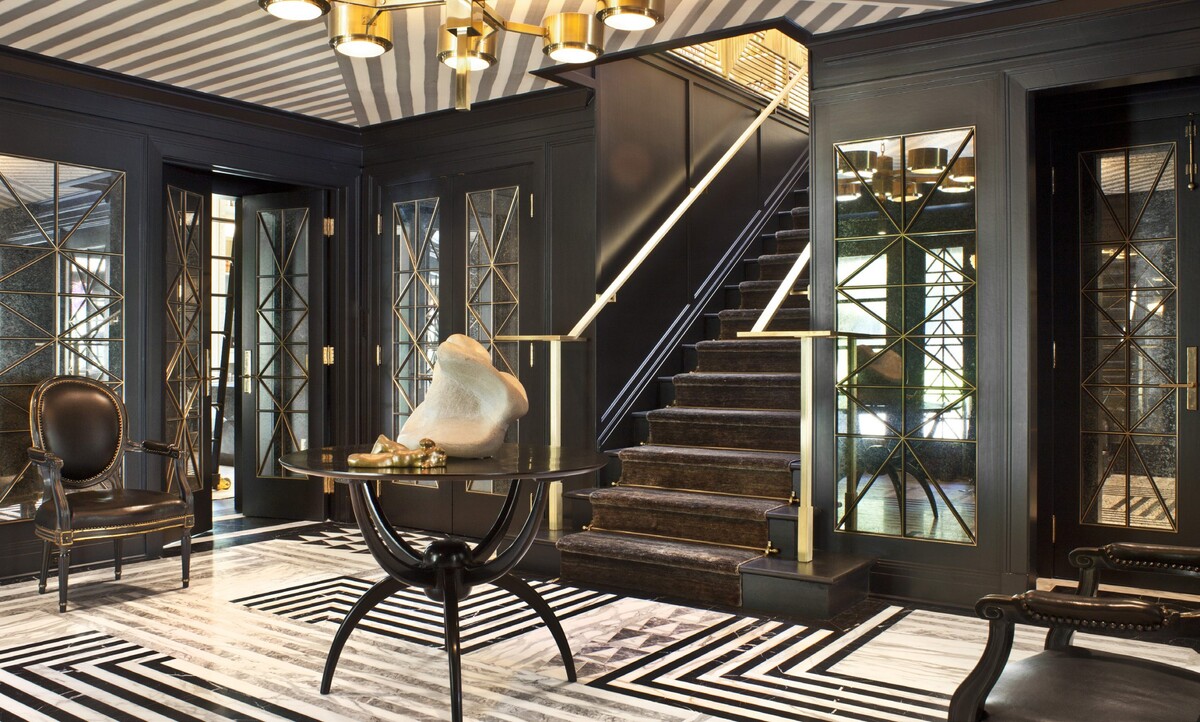
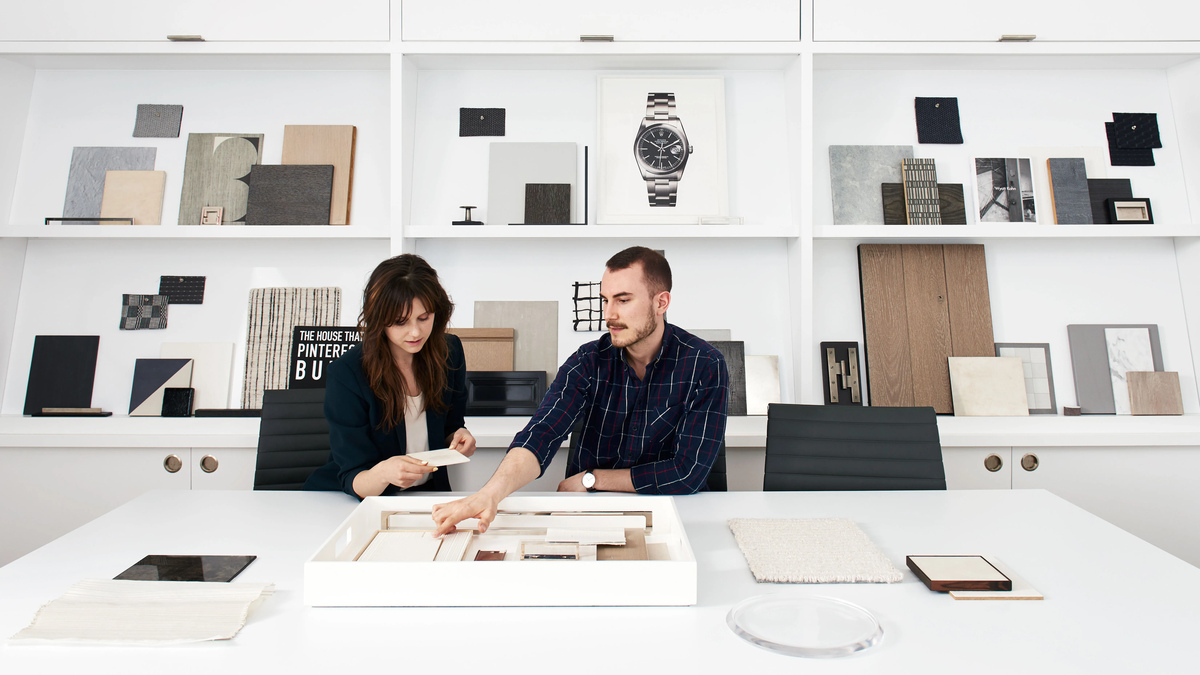
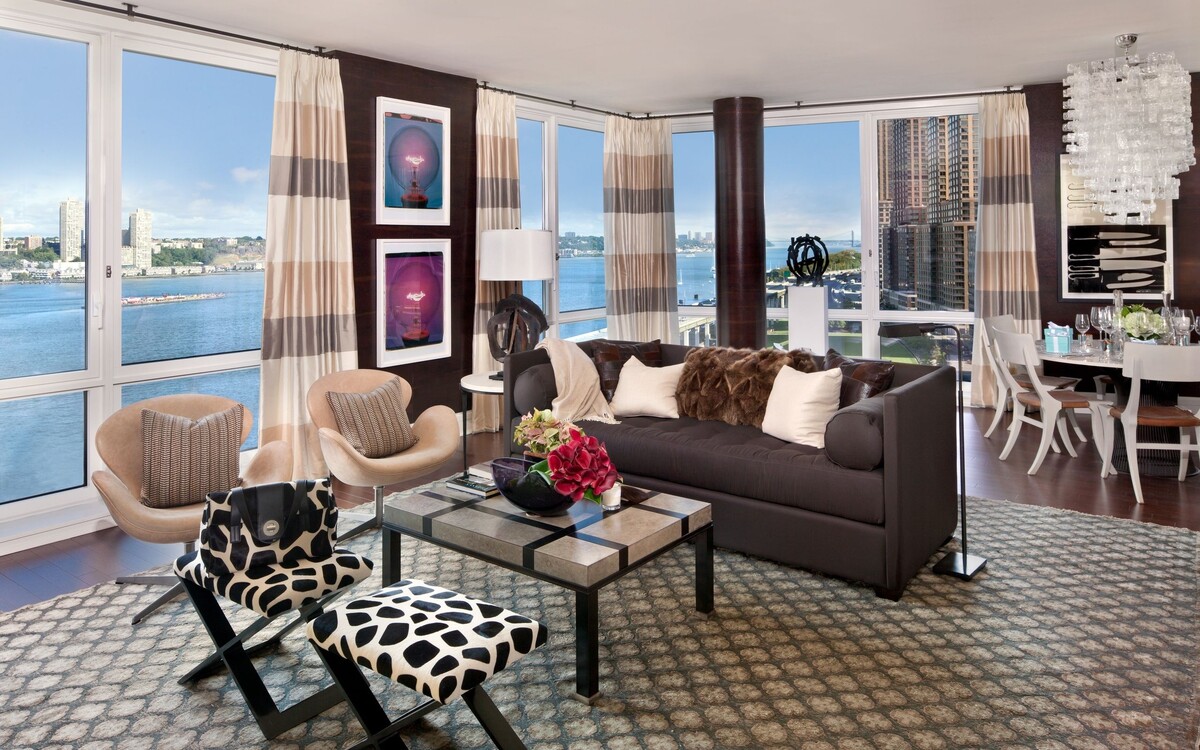
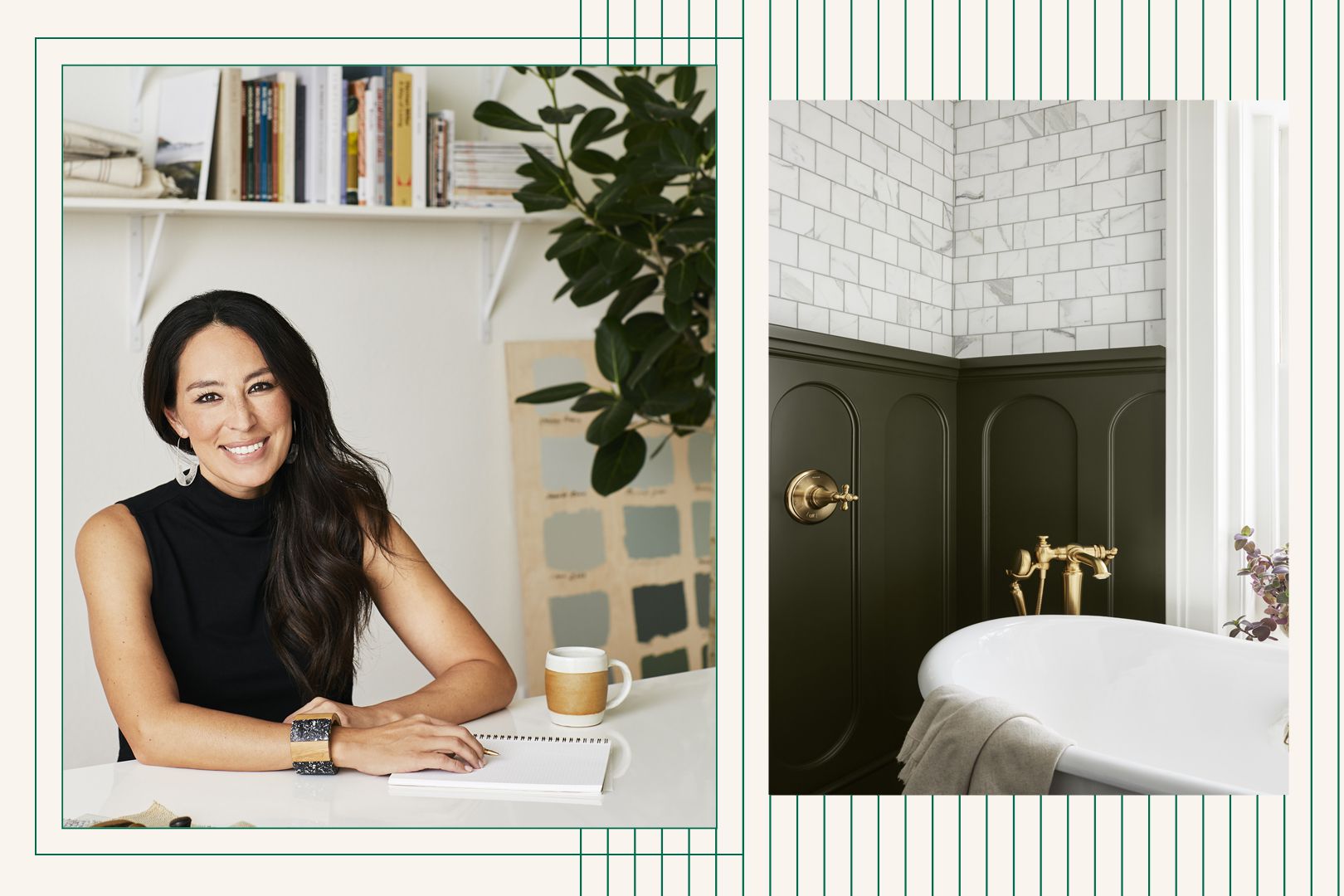
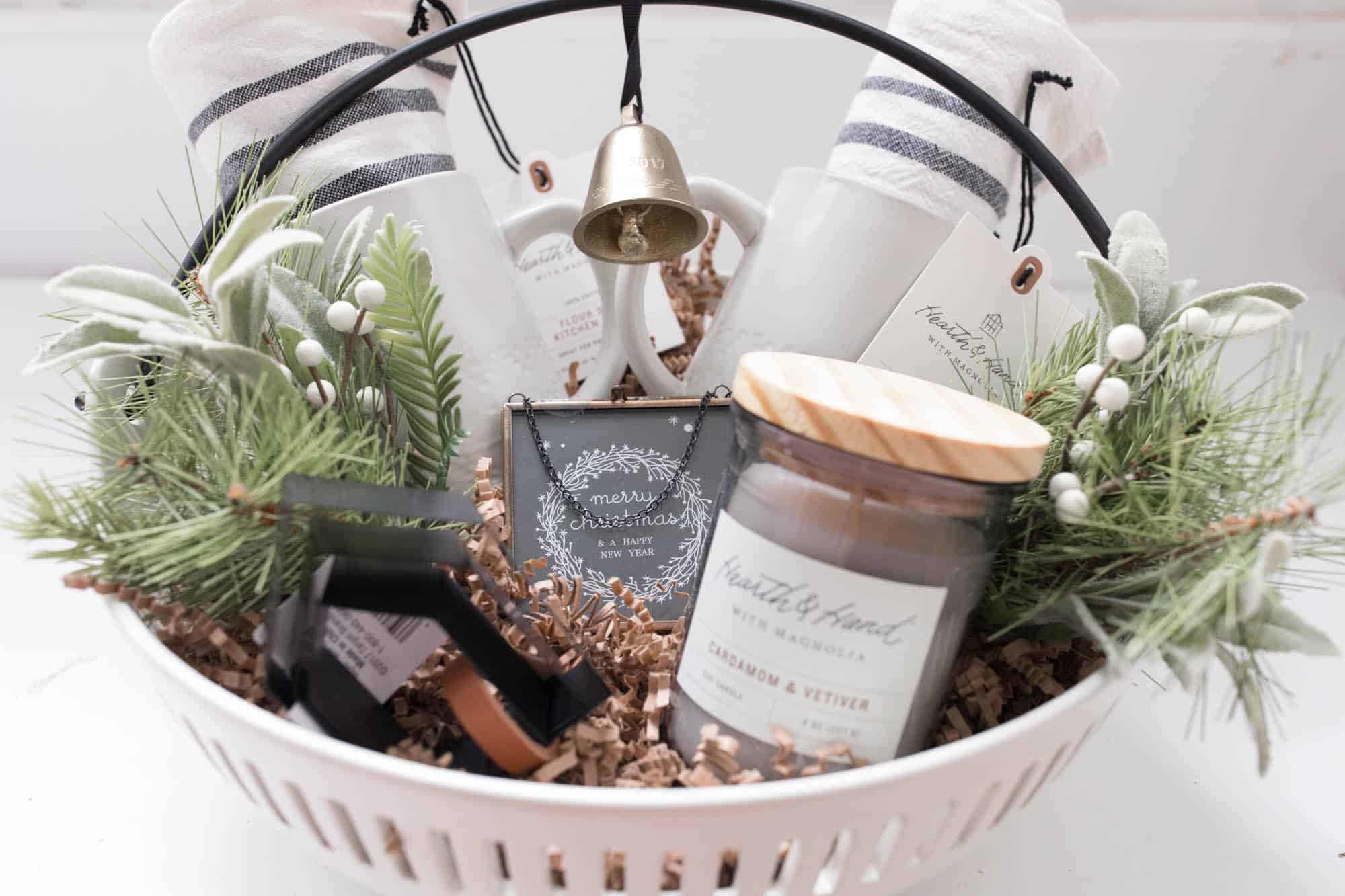
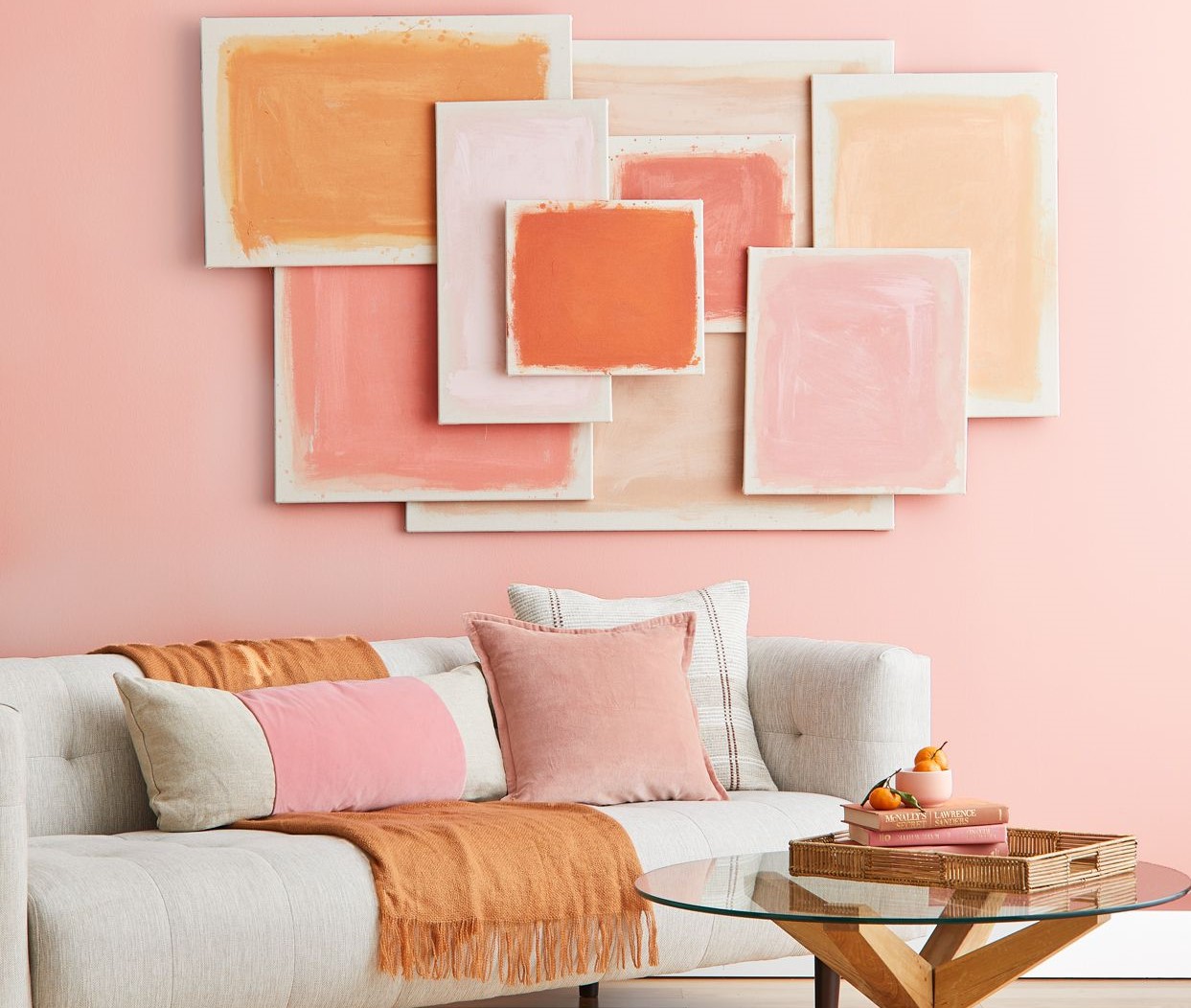

0 thoughts on “Why Do Some People Love Color In Home Decor And Others Only Like Neutrals”